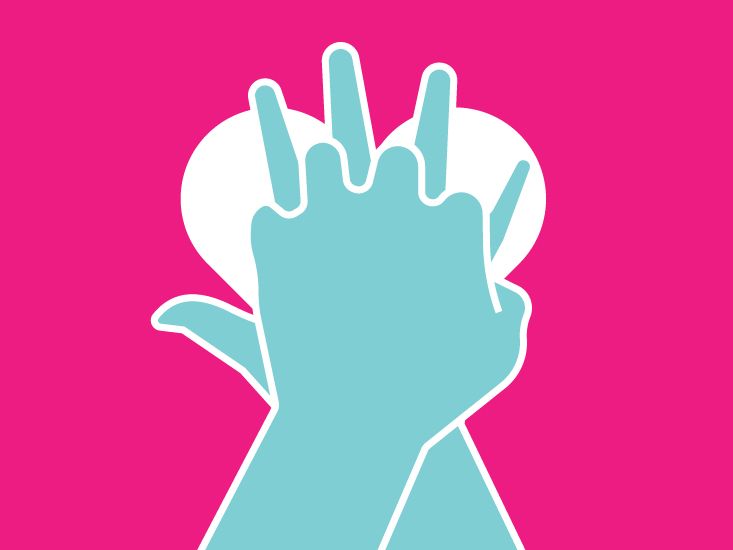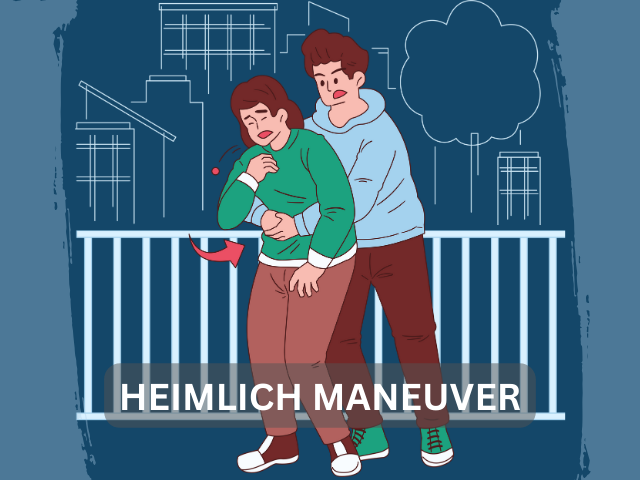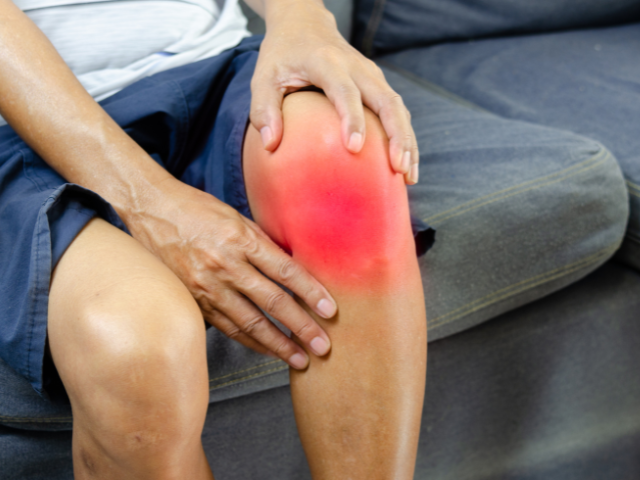7 Basic First Aid Skills That You Must Know
These are the essential first aid skills that everyone should have.

Basic Must Know First Aid Skills
Performing CPR

If you went to school, you probably have already been taught the importance of knowing this and how to perform it properly.
Schools, however, may neglect supervising students if they are actually performing CPR correctly, so it is best to relearn it from independent training centers that specialize in first aid if possible.

This article will do a better job teaching you how to perform a CPR than me
Performing the Heimlich Maneuver

Extremely beneficial to know how to do; learning the heimlich manuever may allow you to save someone's life from choking one day (Let's hope you won't ever need to do it).

This article will do a better job teaching you how to perform the Heimlich Manuever than me
Treating Cuts and Lacerations

We get unintentional cuts now and then; it is best to know how to properly bandage and disinfect small cuts in order to prevent them from getting infected, leave scars, and worsening overall.
Lacerations or deep cuts on the other hand may require stitching because the wound may be too deep for the body to naturally heal the wound.
General step-by-step guide on treating cuts:
- Wash or Clean your hands with soap or alcohol to prevent causing an infection;
- Remove any material objects (like glass or wood) that you can get with tweasers;
- Clean the wound;
- Use an Antiseptic to make infection of the wound less likely;
- Cover the cut with a bandage or dressing. Use a band-aid if the cut is small enough.
:max_bytes(150000):strip_icc()/GettyImages-689936694-5d3980c2184a45f7ac56a565f338457b.jpg)
Guide to treat deep cuts (laceration)
Treating Burns

First-degree burns happen quite frequently because of unintented incidents (Like burning yourself because you accidentally touched the oven 😔); they are not as dangerous as 2nd or 3rd degree burns, but they are quite the nuisance to deal with.
Treating first-degree burns are simple, just douse the burned area with running water. A cold compress would help too.
For second-degree and third-degree burns, seek help immedietly. Dial for emergency services if possible.
Sprains, Strains, and Fractures

When either a Sprain, Strain, or Fracture happens, the best response is to dial for emergency services and, if possible, immobilize the injured limb to prevent unnecessary movement with the use of splints, make-shift splints, or alternatives that get the job done.
Distinguishing between a sprain, strain, or fracture based solely on symptoms is more or less impossible, so it's best to get professional help.
Identifying Sprains, Strains, and Fractures
Sprains refers to a ligament that has been stretched or torn; they usually occur due to high impact trauma to the joint/s (e.g., falling, getting hit by a vehicle, etc.) which caused the ligaments to be stretched and torn.
What are Ligaments?
Ligaments are flexible tissues that connect bones to each other.
While Strains refers to the tearing of muscles or tendons; they happen due do overexertion like lifting heavy objects or quick and sudden movements like suddenly running (suddenly running can also cause sprains).
What are Tendons?
Tendons are tissues that connect muscles to bones.
Fractures on the other hand is a medical term for broken or cracked bones; they can happen due to a medical condition, a sport injury, a collision with a vehicle, or a simple fall.
Copyright ©2024 by Marshall Vulta






Comments ()